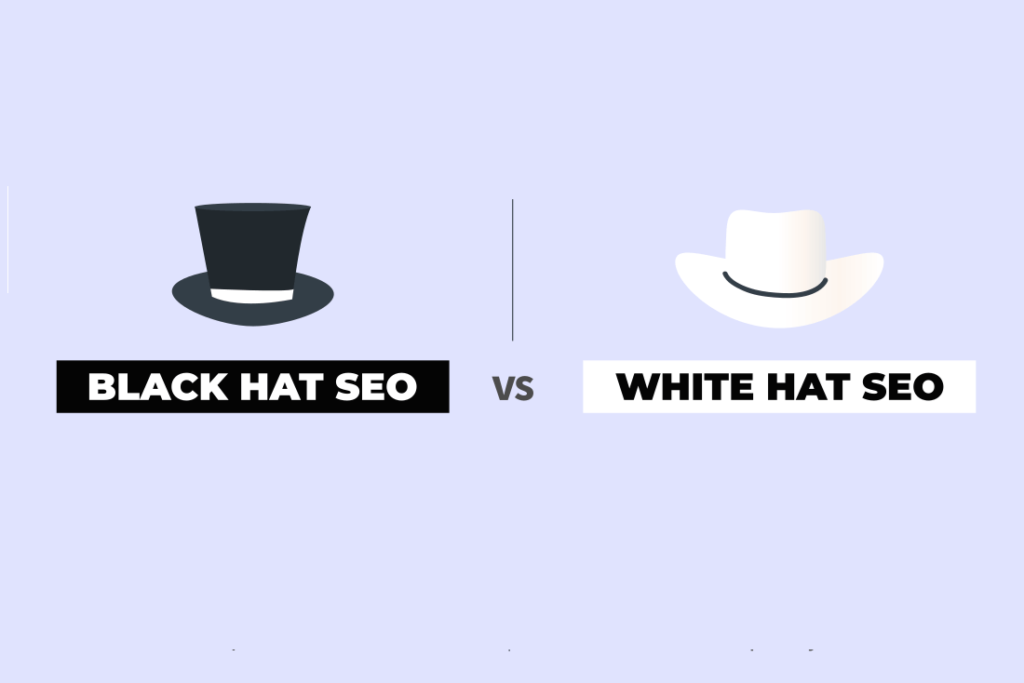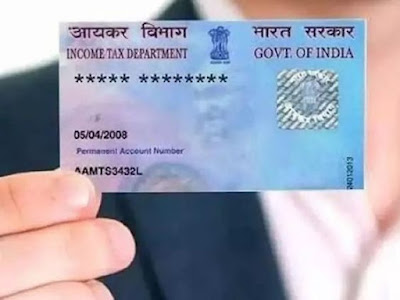How to Create An Ecommerce Android App

Building an e-commerce Android app requires a good understanding of the Android platform and the programming languages used to develop Android apps, such as Java or Kotlin. You will also need to decide on the architecture and design patterns to use, choose an appropriate database, and plan out the user interface.
Here is a high-level overview of the steps involved in building an e-commerce Android app:
-
Plan the app’s features and user flow: Determine the essential features that your e-commerce app needs, such as product catalog, shopping cart, payment processing, etc.
-
Design the app’s user interface: Create a visually appealing and intuitive layout for your e-commerce app, taking into consideration user experience and accessibility standards.
-
Set up a development environment: Install Android Studio and other necessary tools, such as a source control system and a testing framework.
-
Choose an appropriate architecture: Decide on the design patterns and architecture to use for your apps, such as MVVM or MVC.
-
Implement the app’s features: Write the code to implement each component, such as displaying a product catalog, adding items to a cart, and processing payments.
-
Test the app thoroughly: Test your app on different devices, network conditions, and edge cases to ensure it works as expected and gracefully handles errors.
-
Deploy the app to the Google Play Store: Submit your app to the Google Play Store for review, and make any necessary changes to meet the store’s guidelines.
This is a high-level overview of the steps involved in building an e-commerce Android app. The actual process can be more complex, and you may need to hire a team of developers, designers, and testers to help you build a high-quality app.
There are several types of e-commerce Android apps, including:
-
Online Marketplaces: An app that allows multiple merchants to sell their products or services in a single platform, such as Amazon or eBay.
-
Online Stores: An app that provides a direct sales platform for a single brand or retailer, such as the Amazon shopping app or the ASOS app.
-
Multi-Vendor Marketplaces: An app that allows multiple merchants to sell their products or services and manage their orders, payments, and shipments through an app, such as Shopify.
-
Grocery Delivery: An app that allows customers to order groceries online for delivery or pickup, such as Instacart or Walmart Grocery.
-
Food Delivery: An app that allows customers to order food from restaurants for delivery or pickup, such as Grubhub or Uber Eats.
-
Subscription Services: An app that provides a recurring delivery of products or services, such as Birchbox or Dollar Shave Club.
-
Fashion and Beauty: An app that specializes in fashion and beauty products, such as Zalando or Sephora.
-
Travel Booking: An app that allows customers to book flights, hotels, and other travel-related services, such as Booking.com or Expedia.
These are some of the most common types of e-commerce Android apps. Each type offers a different experience for customers and requires different features and functionality.
Here are some facts about e-commerce Android apps:
-
Popularity: E-commerce apps are becoming increasingly popular, with over 3 billion downloads from the Google Play Store in 2020.
-
Mobile commerce: Mobile commerce accounted for nearly 40% of all e-commerce sales in 2020, and the trend is expected to continue as more consumers shift to mobile shopping.
-
Personalization: E-commerce apps use personalization techniques, such as recommendation algorithms, to improve the customer experience and drive sales.
-
Security: Security is a critical issue for e-commerce apps, as they handle sensitive customer information, such as payment details. To protect this information, e-commerce apps use encryption, secure socket layer (SSL) certificates, and other security measures.
-
User Experience: The user experience is crucial for e-commerce apps, as it affects customer engagement, satisfaction, and conversion rates. To provide a good user experience, e-commerce apps use intuitive navigation, fast loading times, and visually appealing designs.
-
Integration with social media: E-commerce apps often integrate with social media platforms, such as Facebook and Instagram, to reach new customers and drive sales.
-
Growth in Emerging Markets: E-commerce is growing rapidly in emerging markets, such as India, Indonesia, and Brazil, due to increasing smartphone adoption and internet penetration.
-
Increased Competition: The e-commerce app market is highly competitive, with new entrants and established players vying for market share. To succeed, e-commerce apps must differentiate themselves with unique features, competitive pricing, and excellent customer service.
These are some of the key facts about e-commerce Android apps, which highlight the growing importance of mobile commerce and the challenges that e-commerce apps face in providing a secure and engaging customer experience.
People Also Search For:
- Online shopping app
- Mobile commerce app
- E-commerce app
- Shopping app
- Online store app
- Product search app
- Online marketplace app
- Shopping cart app
- Secure payment app
- Delivery Tracking app


































































































































































































































































